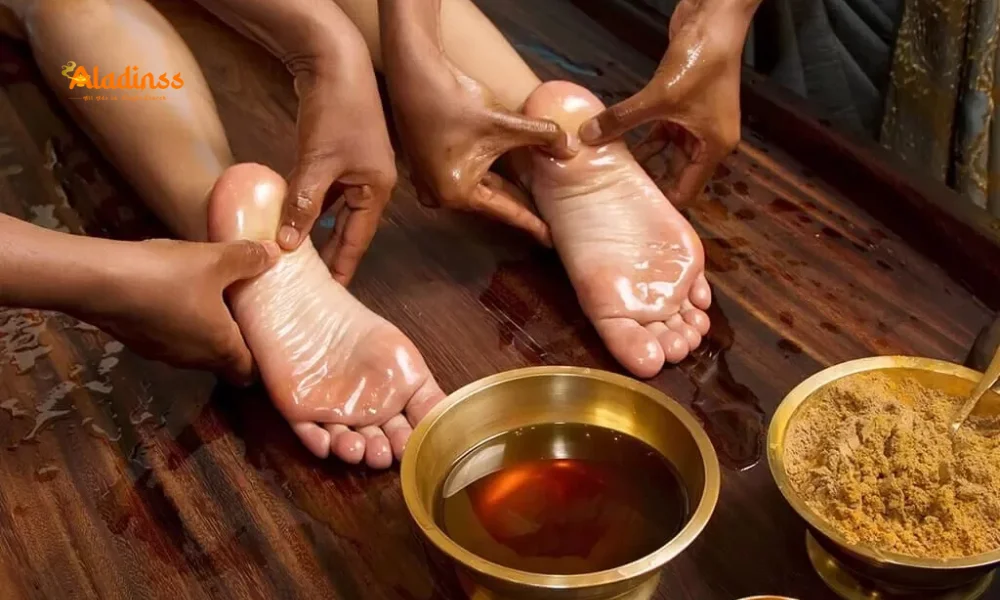Toilet Posture for Constipation Relief: Gastroenterologist Reveals Squatting Hack to Ease Bowel Movements
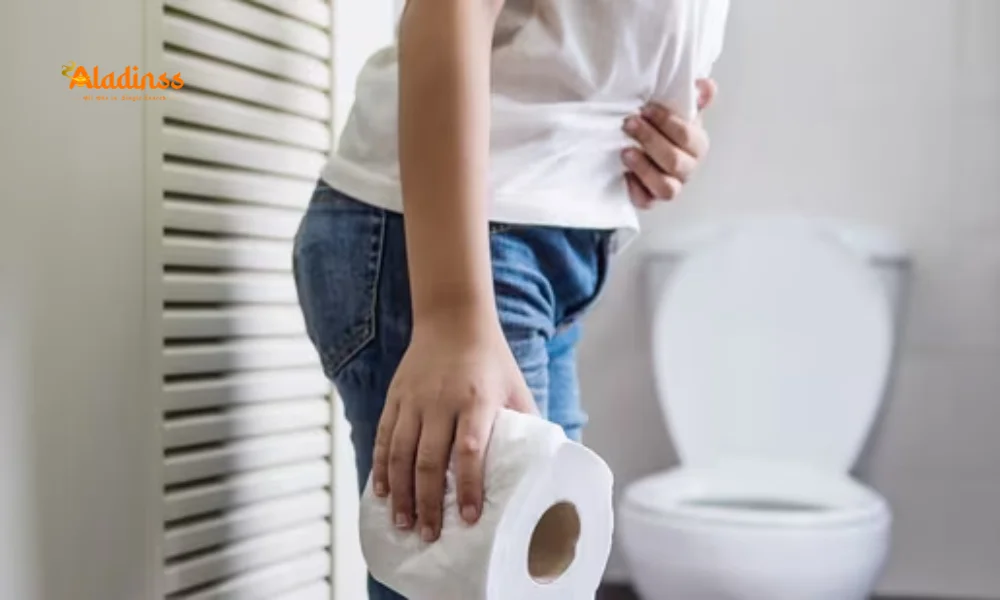
Toilet Posture for Constipation Relief: Gastroenterologist Reveals Squatting Hack to Ease Bowel Movements
Struggling with constipation and straining on the toilet is a widespread issue that affects millions, causing discomfort and health complications. In a viral health update posted on September 16, 2025, gastroenterologist Dr. Joseph Salhab, popularly known as The Stomach Doc on Instagram, shared a simple yet effective solution: adjusting your toilet posture to mimic a squatting position. By elevating your feet, you can relax key muscles and facilitate easier stool passage, offering relief for chronic constipation and hemorrhoids. This breaking news in digestive health has sparked widespread interest, trending with hashtags like #ToiletPosture and #ConstipationHack, as people seek natural remedies for a common problem.
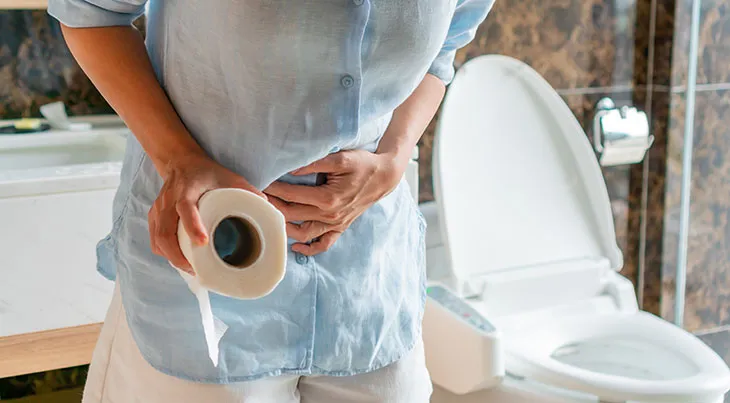
Why Straining on the Toilet Is a Common Issue
Constipation affects people of all ages, with symptoms like infrequent bowel movements, hard stools, and excessive straining. Dietary factors, inadequate hydration, stress, and sedentary lifestyles are common culprits, often leading to complications such as hemorrhoids, anal fissures, and even chronic pelvic pain. While solutions like high-fiber diets, hydration, and laxatives are widely recommended, many overlook the role of posture in easing bowel movements.
In his viral post, Dr. Salhab reacted to a content creator demonstrating a knee-raising technique on the toilet, humorously dubbed the "constipation move." He confirmed its efficacy, explaining that the standard sitting posture on Western toilets—often hunched or slouched while scrolling phones—creates a biomechanical disadvantage. This posture keeps the rectum at an angle that hinders smooth stool passage, increasing the need for straining and prolonging discomfort.
The Science Behind the Squatting Posture Hack
The squatting posture, historically used in many cultures with squat toilets, aligns the body for optimal defecation. When seated conventionally, the puborectal muscle forms a kink in the rectum to prevent leakage, but this also obstructs stool flow during bowel movements. Elevating your feet on a stool shifts the body into a squatting position, relaxing the puborectal muscle and straightening the anorectal angle from approximately 90 degrees to 120 degrees.
Dr. Salhab explains that this alignment reduces resistance, allowing stool to pass with less effort and in less time. Studies, such as those published in the Journal of Clinical Gastroenterology, show that squatting can cut defecation time by up to 50%, with less straining and more complete evacuation. This simple adjustment has gained traction online, with Google trends indicating spikes in searches for "toilet posture for constipation" and related health hacks.
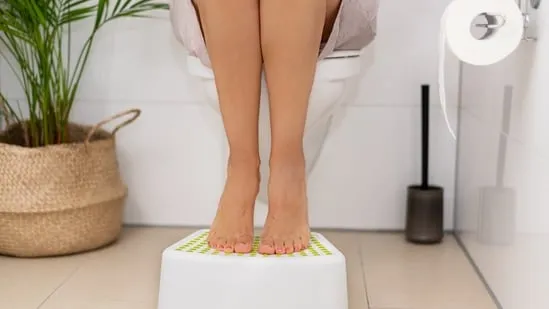
Benefits for Constipation and Hemorrhoids
For those with chronic constipation—defined as fewer than three bowel movements per week—this posture hack offers significant relief. Straining can worsen the condition, leading to harder stools and increased discomfort. By adopting a squatting position, individuals can reduce the effort required, potentially decreasing constipation episodes and improving bowel regularity.
Hemorrhoids, affecting roughly 5% of the global population, are often aggravated by straining, causing pain, bleeding, and swelling. The squatting posture minimizes pressure on rectal veins, aiding in prevention and recovery. Dr. Salhab suggests using a simple footrest, such as a small stool, to elevate feet and support the back, ensuring comfort and stability. This low-cost solution can transform daily bathroom routines for those with these conditions.
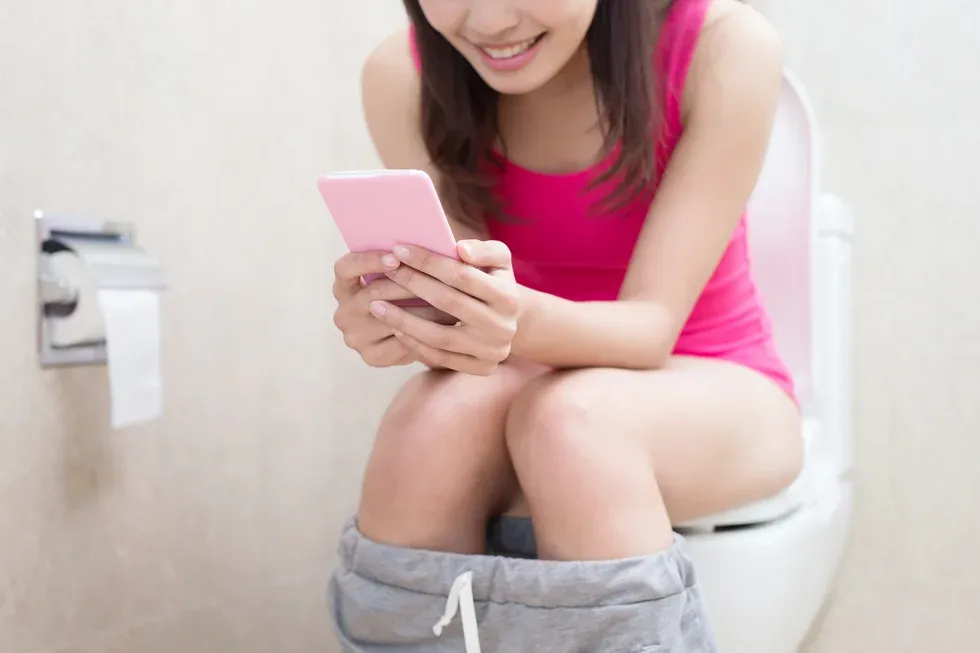
How to Adopt the Squatting Posture
Adopting the squatting posture is simple and requires minimal equipment. Place a sturdy stool or footrest, ideally 6-8 inches high, under your feet while seated on the toilet. This raises your knees above your hips, mimicking a natural squat. Maintain an upright posture to avoid slouching, which can reduce the posture’s effectiveness. Deep breathing can further relax the pelvic floor, enhancing the process.
For beginners, the position may feel unusual, so start gradually, adjusting the stool height for comfort. Over time, this can become a natural part of your routine, reducing reliance on laxatives or other interventions. Persistent constipation may require medical evaluation to rule out conditions like irritable bowel syndrome (IBS) or thyroid issues, so consult a doctor if symptoms persist.
Additional Health Benefits
Beyond constipation and hemorrhoids, the squatting posture supports overall pelvic health. It may reduce the risk of pelvic floor disorders, such as prolapse, and improve urinary flow in both men and women. By promoting complete evacuation, it prevents fecal impaction, which can lead to infections or discomfort. For women, it may ease childbirth-related pelvic strain by strengthening muscle coordination.
The posture also complements other gut health practices, such as consuming 25-30 grams of fiber daily, staying hydrated, and engaging in physical activity. For instance, foods like oats, apples, and prunes, combined with this posture, can significantly improve bowel regularity. This holistic approach maximizes the benefits of the squatting hack, making it a sustainable solution.
Precautions and Considerations
While the squatting posture is generally safe, certain precautions are necessary. Ensure the footrest is stable to prevent slips, especially for elderly individuals or those with mobility issues. People with severe conditions like rectal prolapse or recent pelvic surgery should consult a healthcare provider before trying this hack. The posture is not a standalone cure and should be paired with dietary and lifestyle changes for optimal results.
For households with multiple users, a durable, adjustable stool is ideal. Avoid using makeshift items that could tip over. Pregnant women or those with chronic pelvic pain should approach this cautiously, as improper posture could strain muscles. Education on this technique can also benefit children, preventing long-term bowel issues when adopted early.
Social Media Buzz and Expert Validation
Dr. Salhab’s post has sparked a wave of engagement, with users sharing success stories and tips on platforms like Instagram and X. Hashtags like #ToiletPosture and #ConstipationHack are trending, reflecting public enthusiasm for accessible health solutions. Comments on his video highlight how this hack has reduced morning struggles, with some users reporting immediate relief.
As a board-certified gastroenterologist, Dr. Salhab’s endorsement lends credibility to the technique, supported by studies showing squatting’s biomechanical advantages. The viral nature of this health tip underscores a growing demand for practical, science-backed solutions to everyday problems, making it a significant topic in digestive health discussions.
Integrating the Hack into Daily Life
Adopting the squatting posture as a daily habit can transform bathroom routines. Pair it with lifestyle changes like regular exercise—yoga or walking—to stimulate gut motility. Incorporate probiotics from foods like yogurt or kefir to enhance gut flora. Tracking bowel movements with apps can help identify patterns and assess the hack’s effectiveness over time.
For families, teaching children proper toilet posture early can prevent future issues. Schools and workplaces could consider providing footrests in restrooms to promote employee health. This simple, cost-effective solution, validated by experts, empowers individuals to take control of their digestive wellness with minimal effort.
Comment / Reply From
No comments yet. Be the first to comment!


